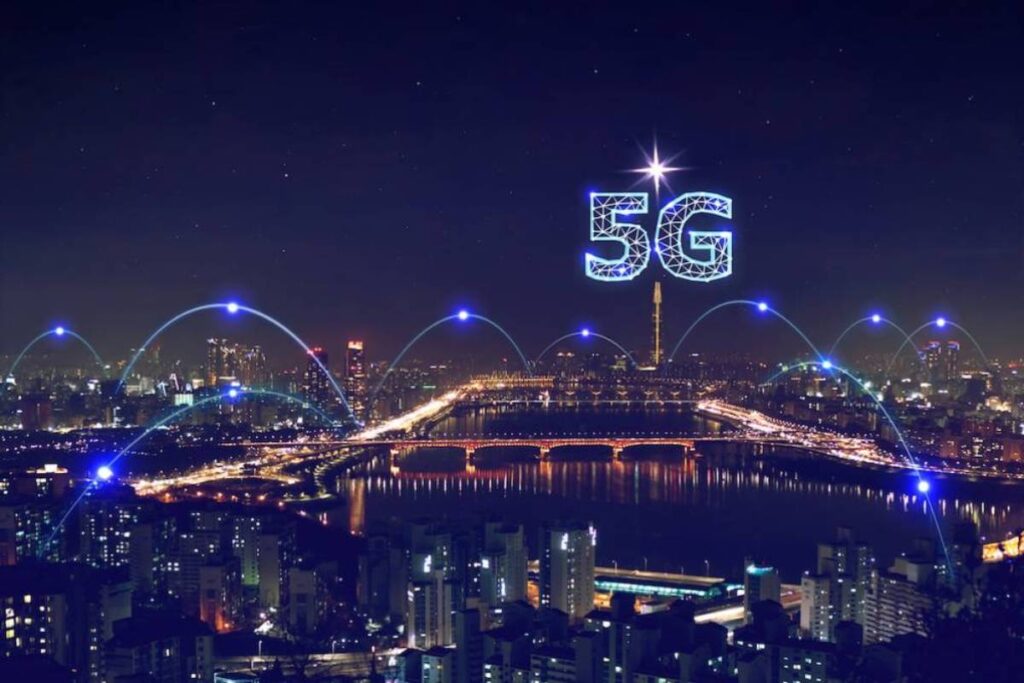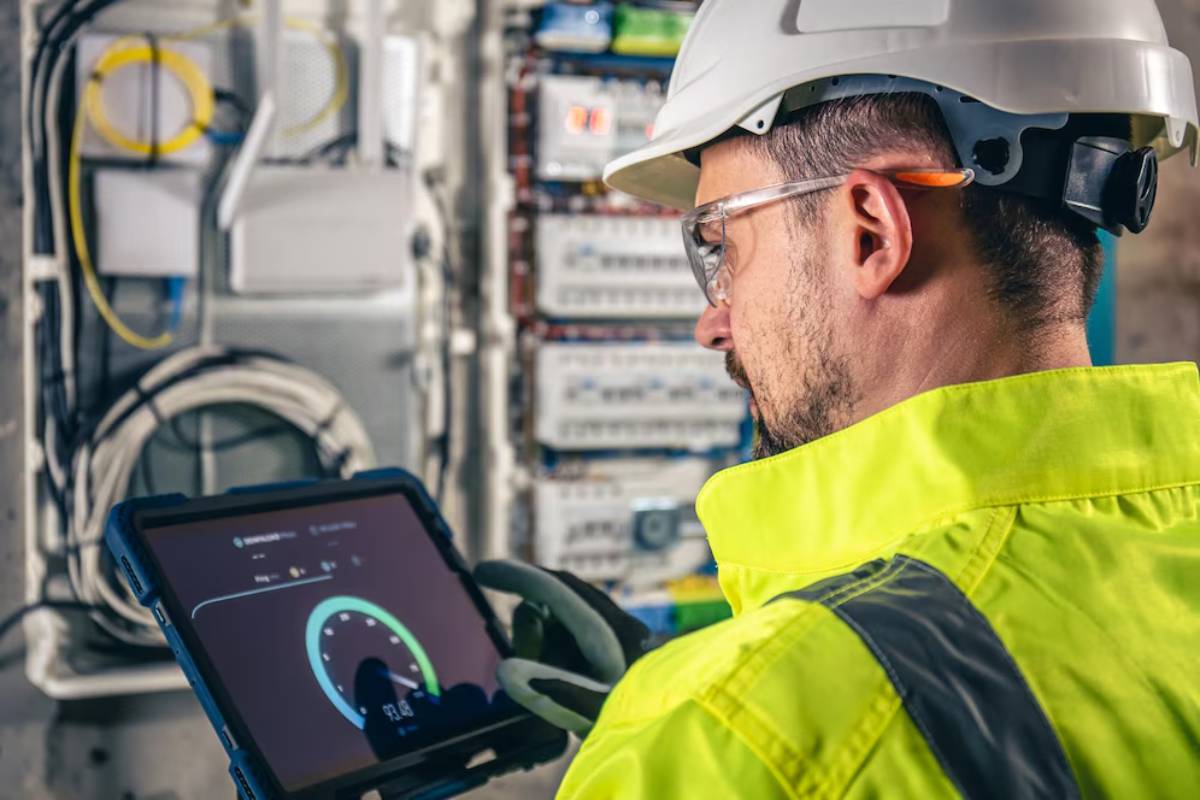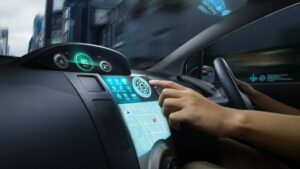The Technology Blog

How 5G Will Accelerate the Growth of Smart Cities
As cities expand and connect, the need for faster, reliable communication networks grows. Traditional networks have played a role in urban development, but they’re quickly reaching their limits. Enter 5G—a technology that’s not just about faster downloads but about transforming how entire cities operate.
With its speed, low latency, and capacity to handle large numbers of connected devices, 5G is the backbone smart cities have been waiting for. It can potentially improve urban infrastructure, enhance public services, and make city life more efficient and sustainable.
What Makes a City “Smart”?
A smart city uses technology to improve the quality of life for its residents. This involves connecting infrastructure, services, and devices through the Internet of Things (IoT) and using data to optimise operations. Examples include:
- Traffic systems that adapt to real-time conditions
- Smart lighting that saves energy based on activity
- Sensors monitoring pollution and air quality
- Apps for citizens to report issues or access public services
But for all of these to work seamlessly and in real-time, a fast and reliable network is essential—and that’s where 5G comes in.
Why 5G Is Crucial for Smart Cities
High-Speed Connectivity
5G offers significantly faster data speeds compared to previous generations. This allows data from thousands of sensors, cameras, and devices across the city to be processed and analysed in near real-time.
Low Latency
Low latency means almost no delay between sending and receiving data. This is crucial for services needing quick feedback, such as automated traffic controls and emergency response systems.
Massive Device Capacity
5G can support up to one million devices per square kilometre. It’s perfect for crowded cities with many devices running at the same time.
Network Efficiency and Reliability
Smart city apps need networks that can handle sudden usage spikes. They must work in different environments and recover quickly from disruptions. 5G provides a more stable foundation for these needs.
Key Areas Where 5G Will Drive Smart City Development
Smarter Traffic and Transportation

Traffic congestion is a major problem in urban areas. With 5G, cities can implement intelligent transport systems that communicate with each other and respond in real-time.
- Traffic signals that adapt based on vehicle flow
- Smart parking systems guiding drivers to available spots
- Public transport systems that update passengers instantly
- Vehicle-to-infrastructure Communication for Safer Roads
Public Safety and Emergency Services
Quick communication is vital in emergencies. 5G can support high-resolution video streams, real-time GPS data, and faster alert systems.
- Surveillance cameras with instant video feeds
- Drones for crowd monitoring or search and rescue
- Ambulance connectivity for sending patient data to hospitals en route
Energy Efficiency and Smart Grids

5G enables better management of power use across the city. Smart grids can react instantly to changing demand and distribute electricity more efficiently.
- Streetlights that dim or brighten based on activity
- Real-time monitoring of water and electricity consumption
- Automatic alerts for leaks, outages, or equipment failures
Waste Management
With 5G-connected sensors, cities can improve how they manage and collect waste.
- Bins that signal when they’re full
- Optimised collection routes for garbage trucks
- Cleaner streets and reduced fuel use
Enhancing Daily Life for Citizens
Faster, More Reliable Connectivity
Faster internet would help citizens with work, learning, and communication. This is especially true in public spaces. Free high-speed Wi-Fi powered by 5G could become a common feature in parks, buses, and trains.
Digital Services and Smart Apps
5G will improve digital access. It will make mobile payments and online government services smoother and faster.
- Better user experience for apps like parking, billing, and complaints
- Virtual healthcare consultations without buffering or lag
- Interactive tools for civic engagement and reporting issues
Better Air Quality and Environmental Monitoring
Sensors connected via 5G can constantly measure pollution, temperature, humidity, and noise. This helps governments respond quickly and plan better for future development.
A Comparison: 4G vs 5G in Smart City Applications
| Feature | 4G | 5G |
| Data Speed | Moderate | Extremely Fast |
| Latency | 30-50 milliseconds | As low as 1 millisecond |
| Device Capacity | Limited | Up to 1 million/sq. km |
| Reliability | Inconsistent in dense areas | Strong and consistent |
| Use in Smart Cities | Basic applications | Advanced, real-time systems |
Current Examples of 5G-Powered Smart Cities
Barcelona
Barcelona uses 5G for smart lighting, parking sensors, and waste management. The city has improved service delivery while reducing operational costs.
Singapore

Singapore is leading in 5G-driven urban planning. It uses connected infrastructure to monitor weather, traffic, and crowd movement in real-time.
London
London has begun integrating 5G into its transport network. Real-time information helps improve bus and train services, especially during busy times.
Challenges Ahead
While 5G promises a lot, rolling it out city-wide takes time and planning.
Infrastructure Requirements
5G networks require many small cell towers. These towers should be placed close together, especially in busy urban areas. This involves significant investment in infrastructure.
Cost and Access
Implementing smart city solutions can be expensive. There’s also a risk that access to high-speed services may be uneven, especially in underserved communities.
Data Privacy and Security
With more connected devices comes the risk of data breaches. Cities will need strong cybersecurity measures and clear data usage policies.
Conclusion: Building Better Cities with 5G
5G is not merely an upgrade; it’s a leap into tomorrow. It lays the groundwork for a future that’s smarter and sleeker. With the power of real-time data exchange, it connects countless devices seamlessly. Imagine a world where services are not just reliable but truly resilient! 5G transforms the dream of smart cities from fantasy into vivid reality.
As cities unlock the power of technology, a new era dawns. Imagine cleaner streets, safer roads, and public services that shine. Our quality of life is on the rise, transforming urban living. Though challenges linger, the road ahead sparkles with promise. In this journey, 5G is our guiding star.









